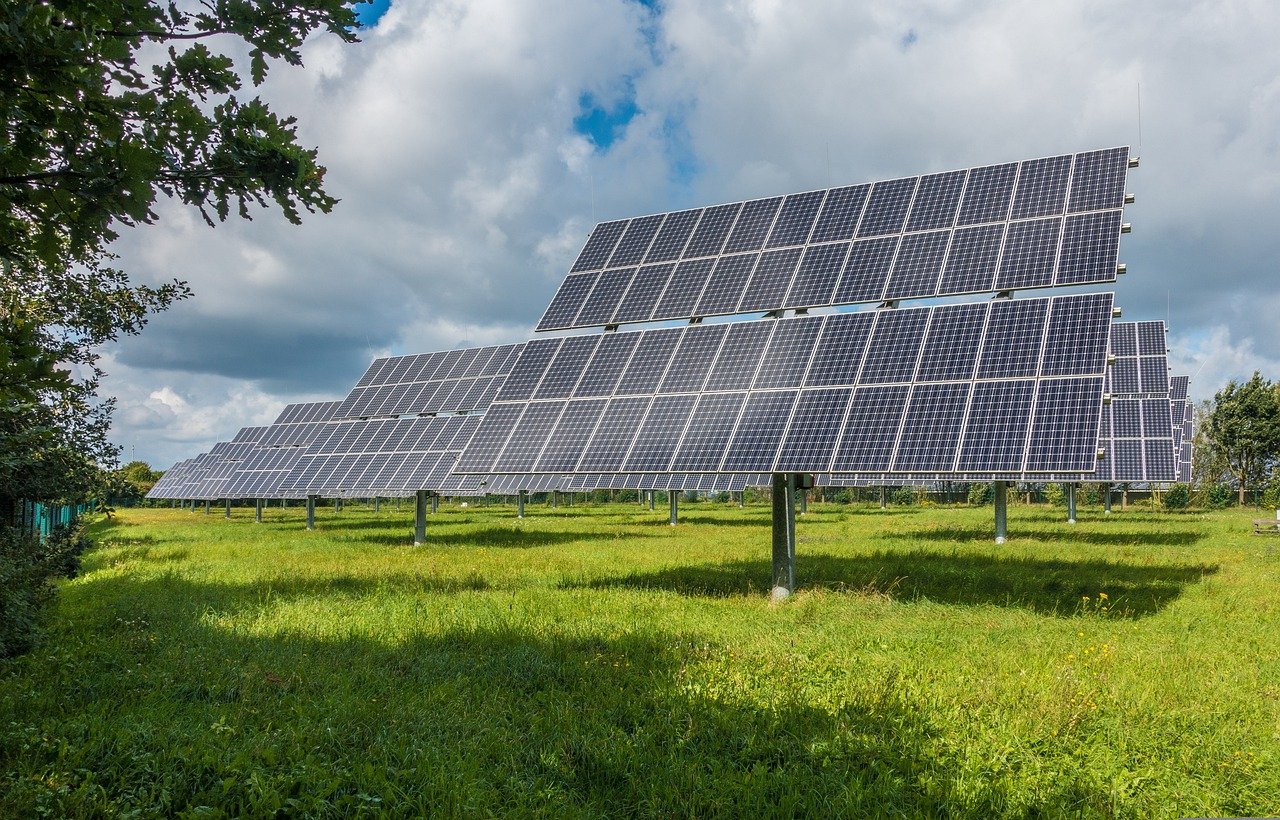The sun shines on the semiconductor P-N junction, forming a new hole-electron pair. Under the action of the electric field of the P-N junction, the hole flows from the P region to the N region, and the electron flows from the N region to the P region. When the circuit is connected, the current is formed. That’s how photoelectric effect solar cells work.
Solar power generation There are two types of solar power generation, one is the light-heat-electricity conversion mode, the other is the direct light-electricity conversion mode.
(1) The light-heat-electricity conversion method uses the thermal energy generated by solar radiation to generate electricity. Generally, the absorbed thermal energy is converted into the steam of the working medium by the solar collector, and then the steam turbine is driven to generate electricity. The former process is the light-heat conversion process; The latter process is the heat – electricity conversion process.
(2) The photoelectric effect is used to convert the solar radiation energy directly into electric energy. The basic device of the photoelectric conversion is the solar cell. Solar cell is a device that directly converts solar light energy into electric energy due to photogeneration volt effect. It is a semiconductor photodiode. When the sun shines on the photodiode, the photodiode will turn the solar light energy into electric energy and generate current. When many cells are connected in series or in parallel, a square array of solar cells with relatively large output power can be formed.
At present, crystalline silicon (including polysilicon and monocrystalline silicon) is the most important photovoltaic materials, its market share is more than 90%, and in the future for a long period of time will still be the mainstream materials of solar cells.
For a long time, THE production technology of polysilicon materials has been controlled by 10 factories of 7 companies in 3 countries, such as the United States, Japan and Germany, forming a technological blockade and market monopoly.
Polysilicon demand mainly comes from semiconductors and solar cells. According to different purity requirements, divided into electronic level and solar level. Among them, electronic-grade polysilicon accounts for about 55%, solar level polysilicon accounts for 45%.
With THE rapid DEVELOPMENT OF PHOTOVOLTAIC industry, the demand for polysilicon in solar cells is growing faster than the development of semiconductor polysilicon, and it is expected that the demand for solar polysilicon will exceed that of electronic-grade polysilicon by 2008.
In 1994, the total production of solar cells in the world was only 69MW, but in 2004 it was close to 1200MW, a 17-fold increase in just 10 years. Experts predict that the solar photovoltaic industry will surpass nuclear power as one of the most important basic energy sources in the first half of the 21st century.
Post time: Sep-15-2022
 fannie@nbtorch.com
fannie@nbtorch.com +0086-0574-28909873
+0086-0574-28909873





